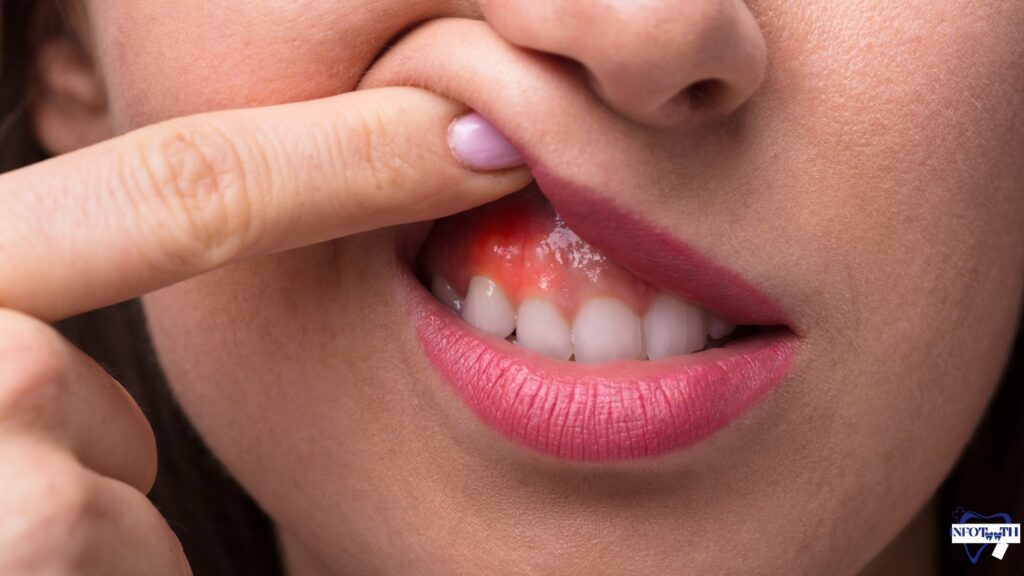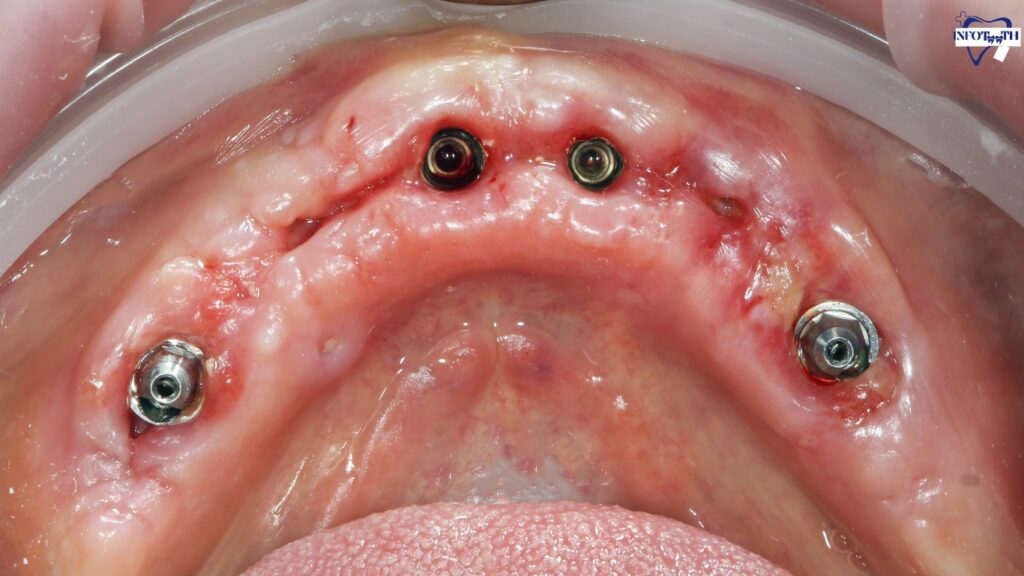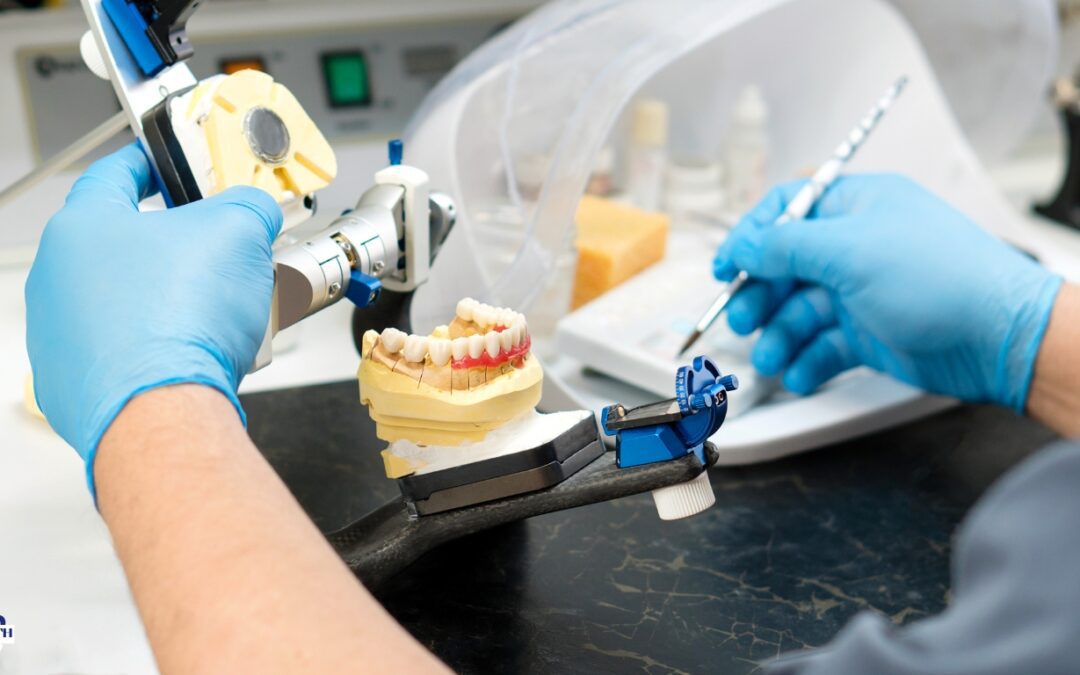Starting the process of bottom teeth replacement is a crucial step in achieving both smile restoration and the best possible oral health. This blog post examines the importance of replacing lower teeth, looks at several common causes, and offers information on several replacement choices. This introduction provides the background knowledge for a thorough guide to assist you in making decisions regarding your oral health.
Table of Contents
Whether you’re looking for information on removable dentures, fixed bridges, or dental implants.
Common Reasons for Bottom Teeth Replacement
It becomes necessary for bottom teeth replacement when there is decay, gum disease, trauma, or malocclusion. Resolving these problems guarantees optimum dental health in addition to a smile that has been restored.
Cavities and Decay
The most common causes of bottom teeth replacement are decay and cavities. If dental decay is left unchecked, it can weaken the tooth’s structure and eventually require extraction and replacement. If cavities are not treated right away, they could worsen and damage nearby teeth, requiring a complete restoration. In these situations, replacing the bottom teeth becomes essential for maintaining general dental health, preventing future deterioration, and restoring oral function.
Gum Disease
One of the main causes of bottom teeth replacement is gum disease. Periodontal problems have the potential to harm teeth irreversibly and jeopardize oral health. Gum disease deteriorates the supporting structures with time, making replacement procedures like dental implants or dentures necessary. Timely treatment of gum disease is essential to avoid more issues and maintain the structural integrity of the lower teeth.

Injury or Trauma
Bottom teeth replacement is frequently required due to trauma or injury. Lower jaw teeth can be lost or damaged as a result of mishaps or direct hits. Trauma is a prevalent risk, whether as a result of sports injuries, falls, or other unforeseen events. It is imperative to take care of these dental problems as soon as possible in order to restore the afflicted teeth’s functionality and appearance and to guarantee a confident and healthy smile.
Malocclusion
One common cause of bottom tooth replacement is malocclusion or misalignment of the teeth. This tooth problem may cause pain, make biting difficult, and cause aesthetic issues. People who have malocclusion frequently look for replacement options in order to straighten their bite, reduce pain, and improve their general dental health. Correcting malocclusion with appropriate dental procedures is essential to getting back to normal functionality and having a self-assured, healthy smile.
Types of Bottom Teeth Replacement
Dental Implants
Dental implants are a state-of-the-art method for bottom teeth replacement. These titanium implants offer a strong base and resemble real teeth in both appearance and functioning. Dental implants are a long-lasting and aesthetically beautiful solution that is surgically inserted into the jawbone to ensure a confident smile and better oral health.
Fixed Bridges for Teeth
Fixed dental bridges are a reliable option for bottom teeth replacement. By securing artificial teeth to nearby natural teeth, a permanent bridge is created. Fixed bridges provide stability and durability despite the need for adjacent teeth to be altered, making them a dependable solution for restoring the lower jaw’s appearance and functionality.
Detachable Dentures
A flexible and reasonably priced option for bottom teeth replacement is removable dentures. Because they are made to fit comfortably, cleaning is a simple process. Although these dentures provide functional restoration, there might be a period of adjustment needed. Their longevity can be attributed to regular maintenance and occasional replacement, which makes them a sensible option for a lot of people.

Dentures that snap-in
A common option for bottom teeth replacement, snap-in dentures offer a stable and safe alternative. These prosthetics, in contrast to conventional dentures, snap onto dental implants, improving comfort and reducing slippage. Snap-in dentures are a dependable alternative for dental restoration because they strike a balance between affordability and stability, ensuring confidence in everyday activities.
Can Front Bottom Teeth Be Replaced?
One common dental procedure that is essential to restoring both functionality and aesthetics is the replacement of the front bottom teeth. There are a few substitute options available, regardless of the reason for loss—decay, trauma, or other factors. Dental implants provide a stable, long-lasting alternative by resembling real teeth. Fixed dental bridges are anchored to neighboring teeth to ensure a secure fit while seamlessly filling gaps. Removable dentures are flexible and reasonably priced, making it simple for people to keep their smiles.
The replacement option selected is determined by personal taste, oral health, and financial constraints. Dentists evaluate each case and suggest the best course of action, making sure that replacing the front bottom teeth promotes a self-assured smile and the best possible oral health. Proper aftercare and routine dental checkups are essential for preserving the efficacy and longevity of front-bottom tooth replacements.
Bottom Front Teeth Replacement
Replacing the bottom teeth is an important part of dental care that addresses problems with appearance as well as function. Restoring missing or damaged bottom front teeth is crucial for a confident smile and good oral health, regardless of the cause—trauma, decay, or malocclusion.
Dental implants are becoming a well-liked and long-term option for replacing lost bottom front teeth. These implants, which are surgically inserted into the jawbone, offer artificial teeth a stable base that closely resembles natural teeth in appearance and feel. Their longevity and high success rate are their main advantages, providing a long-lasting solution for individuals looking for a permanent fix.

Fixed dental bridges are an alternative for those looking for something less invasive. Fixed bridges fill the space left by missing front teeth by securing artificial teeth to nearby natural teeth, offering stability without the need for surgery.
In addition, removable dentures are used to replace the bottom front teeth. They provide a conventional but efficient method. Even though they are more affordable, they might need regular upkeep and replacement.
How To Fix Missing Teeth Without Implants?
For those looking for non-invasive options, replacing missing teeth without implants presents a good option when it comes to bottom teeth replacement. A sensible option is fixed dental bridges, which create a seamless bridge to fill the space left by missing teeth by securing artificial teeth to nearby natural teeth. This process provides stability and permanence without the need for implant surgery.
Detachable dentures are an additional option for restoring a full smile. They are a conventional but efficient solution. These dentures are made to fit comfortably and are simple to remove for upkeep and cleaning. They are a less expensive and non-surgical alternative to implants, even though they might not offer the same level of stability.
An in-between option is snap-in dentures, which combine stability with the ease of removal of the dentures. These dentures, when firmly fastened to dental implants, provide increased stability without requiring a complete implant procedure.
Personal preferences, financial constraints, and the required degree of permanence determine the ideal course of action. Because non-implant options are flexible, a wider range of people can benefit from dental restorations and experience the full benefits of a confident and complete smile.
Lower Denture With 2 Implants
When it comes to replacing bottom teeth, a lower denture held up by two implants is a revolutionary approach. This technique combines the stability of dental implants with the affordability of conventional dentures. The denture is firmly anchored by the two implants positioned strategically in the lower jaw, eliminating common problems like slippage and discomfort that come with conventional options. Typically, a surgical procedure is used to implant the supportive anchors, giving the denture a solid base. This promotes long-term oral health by maintaining bone density and improving stability.

People who choose to have lower dentures with two implants report much greater confidence and functionality. Because of the more natural feel provided by the implants, speaking and chewing can be done without worrying that the denture will fall out of place. For individuals seeking an efficient alternative to traditional dentures, this novel technique offers a dependable and affordable middle ground between more involved implant-supported procedures and traditional dentures. Lower dentures with two implants are a tasteful fusion of stability and affordability, meeting the particular requirements of people looking for a stable way to restore their lower teeth and confidently reclaim their smiles.
Conclusion
In conclusion, bottom teeth replacement is a crucial step in restoring your smile and guaranteeing optimal oral health and function. Through the examination of various substitute options, comprehension of their benefits and drawbacks, and adoption of efficient aftercare procedures, people can arrive at well-informed decisions customized to their requirements. People who go through this life-changing process can feel more confident, at ease, and enjoy having all of their teeth.
FAQs
Q: How long do dental implants last?
A: When taken care of properly, dental implants can last for decades. Good oral hygiene habits and routine dental examinations prolong their lives.
Q: When I have bottom dental implants, can I eat normally?
A: Yes, dental implants give people a stable base that enables them to chew and eat normally. They perform in the same way as real teeth.
Q: How much time does it take to adjust to removable dentures?
A: Everybody adjusts to removable dentures differently, so it takes time. A few weeks might pass before people are completely at ease wearing them.
Q: Are there any age limitations on procedures involving dental implants?
A: Even though age is a consideration, many people, including senior citizens, can benefit from dental implants. The person’s general state of health is a more important factor.
Q: What Symptoms Are Usually Present When an Implant Fails?
A: Pain, swelling, or implant mobility are all possible indicators of implant failure. Reporting any unusual symptoms to the dentist right away is advised.

